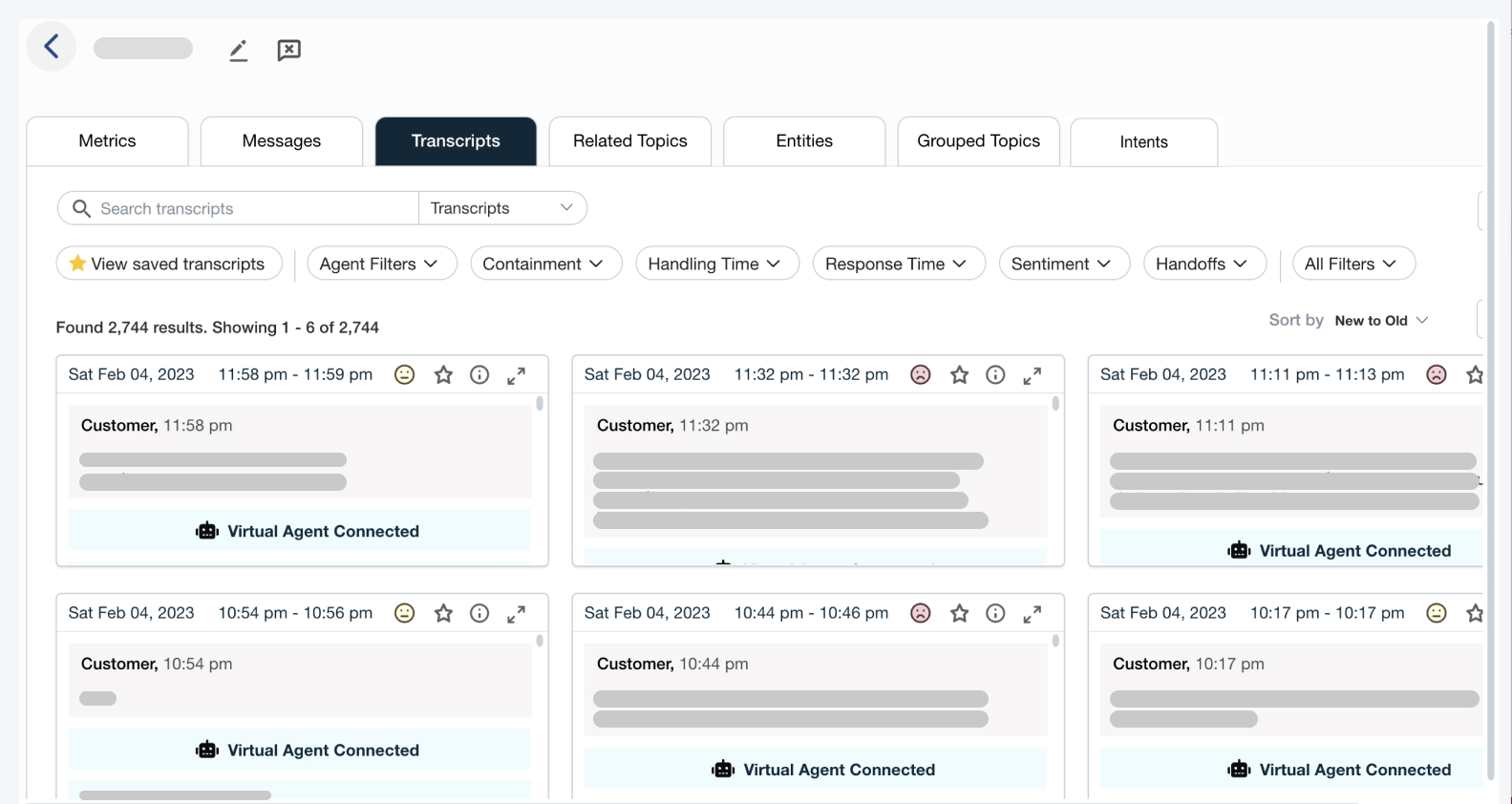Digital Transformation: Just a Buzzword for Today’s Contact Center if You Don’t Recognize these 3 Things
Digital Transformation: Just a Buzzword for Today’s Contact Center if You Don’t Recognize these 3 Things

It’s not an understatement to say customer service is a business’s lifeblood. It’s where a company can stand out and set itself apart from the competition by showcasing its core values, easing the burden of the sales process and forging lifelong bonds with customers.
That’s why customer service is more important today than ever before. And poor customer service can doom any business. In fact, research from NewVoiceMedia shows U.S. companies lose $75 billion per year due to poor customer service experiences—an increase of $13 billon from 2016!1
Considering the world’s growing fascination with “digital transformation”—and, as a result, more cutting-edge technology available to power contact center operations—you might expect this loss to decrease, not increase, over time. So, what’s going on?
Why Many Contact Centers Struggle with Digital Transformation
While contact centers remain the heart of any business, it’s the agents themselves who sustain them. And without the right attitudes, tools and technology in place, those agents can’t deliver the superior customer experience the organization and their customers demand.
Here’s why.
1. Today’s customers want answers yesterday.
We’re all customers ourselves, and we know we don’t want to wait—ever. With the power of the Internet at our fingertips, we’re accustomed to having answers to our questions just a click away. As a result, we expect the same from the companies and contact centers with which we do business. No longer can contact center agents deliver a delightful experience if they make a customer wait while they “speak with a manager.”
Instead, the agents themselves need to be experts. They need to be trained and empowered to make decisions on behalf of their brand, and to provide the right answer, fast. And if they don’t know the correct answer off hand, they need access to self-service, digital tools that locate it for them in real-time.
2. Multichannel communications is where it’s at—but the phone still reigns supreme.
Depending on what they’re trying to accomplish, customers prefer different communication channels when engaging with a company’s customer service team. Sometimes chat is more convenient, and sometimes email will suffice. When they do choose to telephone, however, they purposefully bypass self-service channels because they want help from a live person. And denying customers the option to speak with contact center agents whenever they desire can be costly.
A new Calabrio survey of more than 3,000 U.S. and U.K. consumers found that when there’s no option to speak live with a representative via telephone, 54 percent of consumers don’t trust their issue will be addressed, 46 percent feel the company really doesn’t want their business and 43 percent would consider switching to a competitor.2 Thirty seven percent of respondents would even question the company’s legitimacy!3
To modernize operations while improving customer satisfaction scores, contact centers must build out a multichannel strategy that augments telephone-based communication with other channels, while also evolving its phone-based technology to stay ahead of future trends and customer needs.
3. An ongoing financial commitment for and systematic review of legacy contact center systems are must-haves.
Even companies that understand the importance of customer service and prioritize advanced training for contact center agents may suffer from decreased customer satisfaction levels if they don’t put enough financial resources behind scrutinizing and updating legacy systems. Rather than enabling a superior customer experience, outdated systems hinder—and even prevent—it.
Modern contact center agents require modern systems that anticipate their needs, deliver the information they need at the fast speeds they require, and enable them to spend their time connecting on a personal level with the customer, rather than completing rudimentary, administrative tasks.
Research shows companies that invest in and improve their contact center offerings profit from it. According to a NewVoiceMedia survey, 66 percent of respondents provided with good service would be more loyal, 65 percent would recommend the company to others, 48 percent would spend more money and 39 percent would use the business more frequently.4
If you’re not already one of these modern companies providing superior, technology-enabled customer service, it’s time to join their ranks.
1, 4 NewVoiceMedia, “NewVoiceMedia Research Reveals Bad Customer Experiences Cost U.S. Businesses $75 Billion a Year.” May 17, 2018.
2 Calabrio, “Are You Listening? The Truth About What Customers Want in a Digital World.” 2018.
3 Calabrio, “The Health of the Contact Center: Agent Well-Being in a Customer-Centric Era.” 2017.









